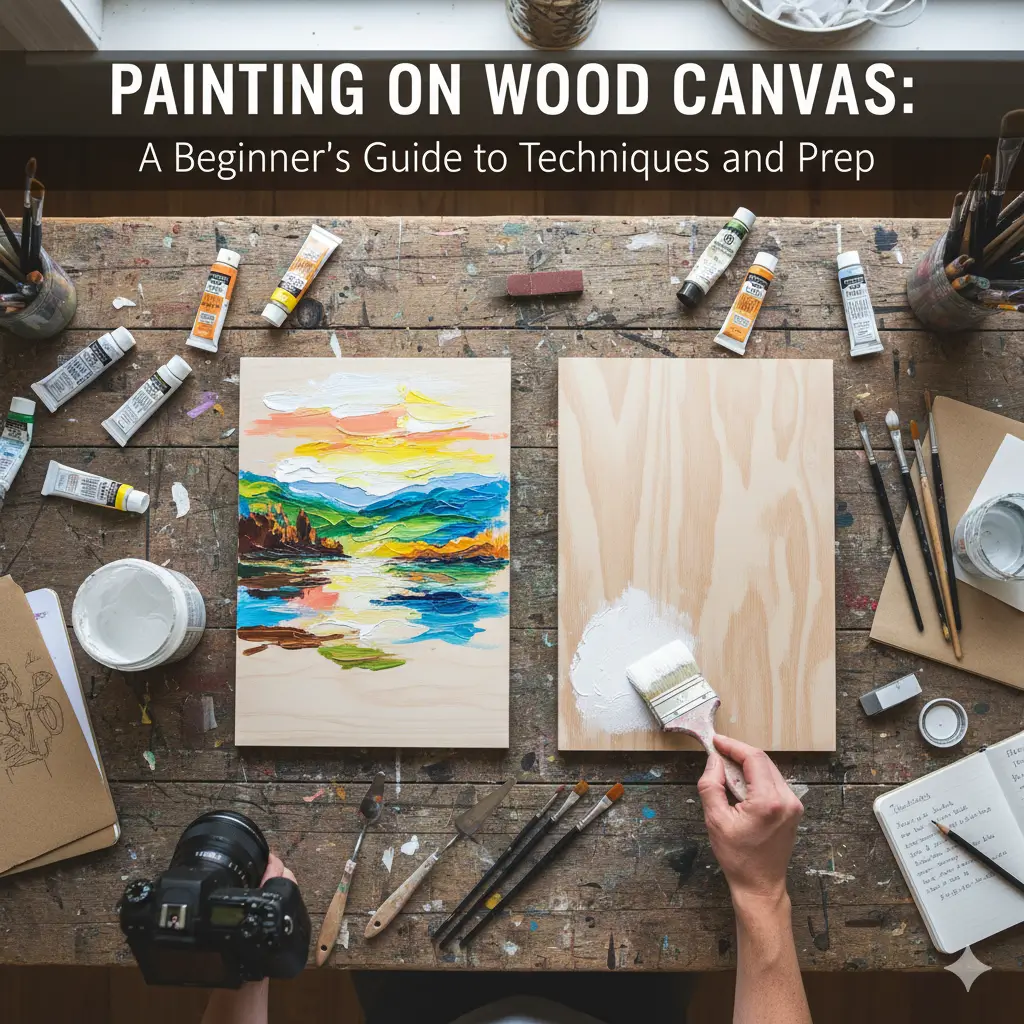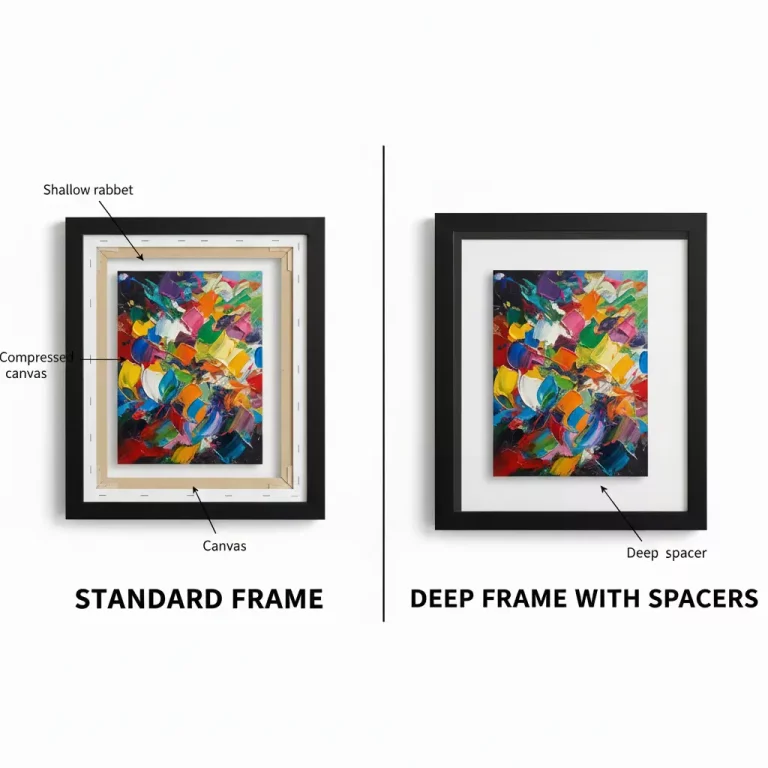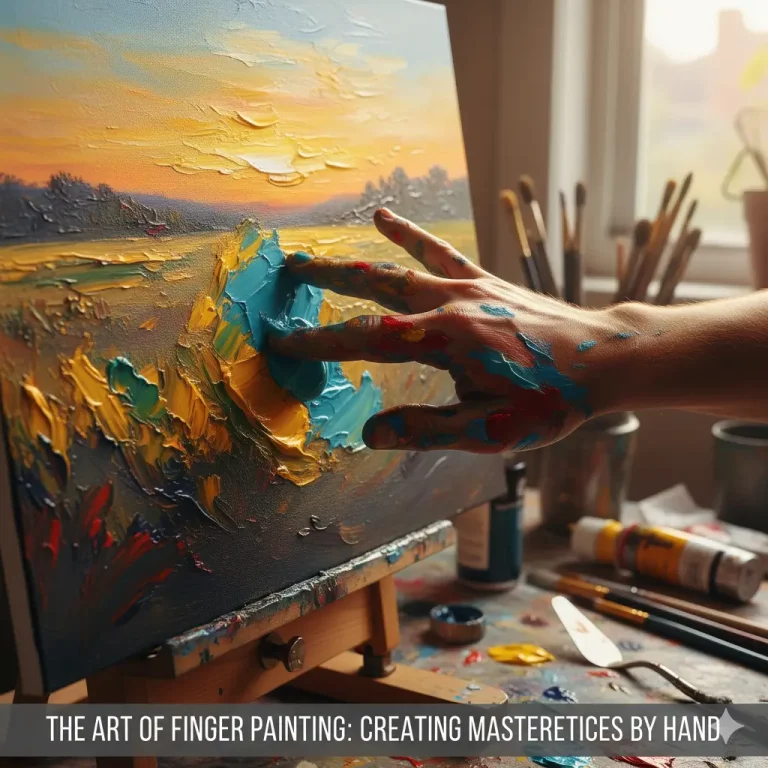Painting on wood canvas opens up a world of creative possibilities for artists, DIY crafters, and anyone seeking a fresh twist on traditional art. The solid, smooth surface of wood offers durability and a modern edge often favored in contemporary studios and galleries. Here’s how to get the most out of your wood canvas projects!
Why Paint on Wood Canvas?
- Durability: Wood stands the test of time, resisting warping and physical damage far better than standard cotton canvas.
- Surface Versatility: Its smooth grain allows for crisp lines, detailed work, and easy layering—ideal for painting, drawing, or mixed-media.
- Texture & Grain: You can highlight the natural wood grain for rustic charm or fully prime it for a sleek, modern look.
Not sure what surface is right for you? Compare advantages in Canvas Sheets vs. Stretched Canvas: Which is Right for You? for details on flexibility, budget, and best uses.
Step-by-Step: Prepping Your Wood Canvas
- Sand Smooth: Use fine-grit sandpaper for a flawless base.
- Clean Thoroughly: Wipe away dust with a dry cloth or tack cloth to ensure a clean painting surface.
- Prime the Surface: Apply several coats of acrylic gesso or wood primer to prevent paint absorption and create a bright, paintable foundation.
- Seal Edges: If you want clean sides, tape around borders before applying paint. For a wraparound look, paint directly on all edges.
What Paints and Tools Work Best?
- Acrylic Paints: Fast-drying with vibrant color—great for beginners and layering.
- Oil Paints: Offer rich, luminous results with more blending time.
- Mixed Media: Markers, colored pencils, and collage elements adhere well to prepped wood.
- Protective Finish: Spray or brush-on varnish or sealant protects your finished piece for years.
See how these tools and techniques pair with enhanced presentations in A Complete Guide to Framing Canvas Art: Styles, Materials, and Tips.
Creative Techniques for Wood Canvas
- Wood Grain Show-Through: Allow portions of the natural wood to remain visible for added character.
- Textural Effects: Experiment with modeling paste, sand, or natural elements glued onto the wood.
- Washes and Glazes: Transparent paints highlight and celebrate the wood’s natural pattern.
- Collage/Mixed Media: Incorporate paper, photos, or small objects for dimensional art.
Looking for inspiration on unique arrangements and frame pairings? Explore Beyond the Rectangle: 12 Creative Photo Frame Designs.
Display and Framing Tips
- Leave wood edges raw for a contemporary look, or add the finishing touch with a frame. To make your piece pop, try a specialized approach from How to Choose and Hang the Perfect Floating Frame for Your Canvas.
- Combine your wood canvas art with other shapes and styles for a more dynamic gallery wall. See layout ideas in How to Create a Stunning Gallery Wall: Layouts, Frames, and Ideas.
Maintenance
- Dust gently with a soft, dry cloth.
- Avoid hanging your artwork in direct sunlight or humid areas to prolong color and board stability.
- Reapply varnish every few years for lasting vibrancy.
Conclusion
Painting on wood canvas is an enjoyable way to experiment with new techniques, textures, and presentation styles. With a little prep and care, your wood canvas creations will add lasting beauty and originality to your collection.
Related Articles
- Canvas Sheets vs. Stretched Canvas: Which is Right for You?
- A Complete Guide to Framing Canvas Art: Styles, Materials, and Tips
- Beyond the Rectangle: 12 Creative Photo Frame Designs
- How to Create a Stunning Gallery Wall: Layouts, Frames, and Ideas
- How to Choose and Hang the Perfect Floating Frame for Your Canvas





